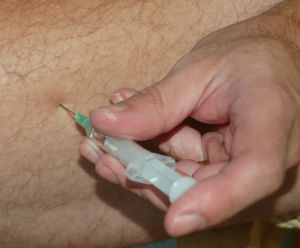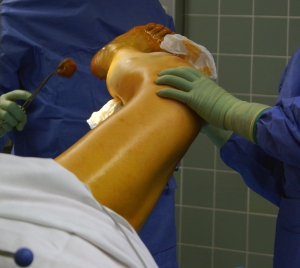Stryker Rejuvenate was a metal hip replacement product manufactured and sold by Stryker Orthopaedics from 2008 through 2012. Unfortunately, the Stryker Rejuvenate was recalled in 2012 because of a myriad of health problems and complications caused by the hip replacement device. The device not only had a high failure rate, necessitating revision surgery, but also caused health problems including metallosis, pseudo-tumors and necrosis. 
Our Boston defective medical device lawyers know that following the recall, thousands of injured victims began to take action against Stryker Orthopaedics, making claims for compensation to cover their losses. If there is a clear proven link between Stryker’s Rejuvenate and the health problems patients are suffering (as the recall suggests there is), then injured patients can be compensated for pain and suffering as well as for all financial losses they endured because of the defects in the hip replacement product.
Today, many of the cases against Stryker have been consolidated into multi-district litigations or multi-county litigations. This is done in order to make it simpler for claims to be processed in an expedient manner.
Understanding Multi-District and Multi-County Litigations in the Stryker Cases
According to Harris Martin Publishing, a multi-district litigation against Stryker is moving forward in Minnesota. The case arose out of problems with the Stryker Rejuvenate and an initial pre-trial order was issued in July, appointing interim lead counsel for the plaintiffs. The Judicial Panel on Multidistrict Litigation also issued conditional transfer orders in an additional 61 cases arising from problems caused by the Stryker Rejuvenate.
As this case moves forward, more legal actions are also going on nationwide. For example, at least 273 Stryker lawsuits have reportedly been filled in Bergen County Superior Court following the establishment of multi-county litigation in New Jersey. In this multi-county litigation, a Case Management Conference was scheduled for the 13th of August.
These are just a few examples of many different cases moving forward against Stryker Orthopaedics. Cases are consolidated into multi-district and multi-county litigations so that certain issues of fact can be decided more quickly by a judge who is familiar with the case.
Rather than having every issue, every request of the court and every legal matter litigated over and over again for the thousands of patients who were hurt by the defective medical devices, multi-district and multi-county litigations allow for a consolidation of cases with one judge. The judge can then process claims much more quickly, ensuring that patients get justice in a more timely manner and that the courts time is not taken up with hearing and deciding thousands of cases from start to end.
Multi-district litigations are different from class actions, which also allow for many plaintiffs’ claims to be heard at once. In a class action, unlike a multi-district litigation, every plaintiff’s case is consolidated into one big case. The judge issues a ruling that applies to the whole class of people involved. Class actions are appropriate when plaintiffs are all injured in a similar way by a similar harm. Multi-district litigations, on the other hand, work best when plaintiffs were harmed by a similar cause but all suffered different types of hurt or complications.
In the Stryker cases, individual plaintiffs have their own unique complaints against the medical device manufacturer based on the dangerous Rejuvenate hip replacement devices. The multi-district litigations will allow them to get the compensation that they deserve for their individual losses while still making sure that justice is done in a timely and efficient manner.
Continue reading
 Boston Personal Injury Attorney Blog
Boston Personal Injury Attorney Blog











